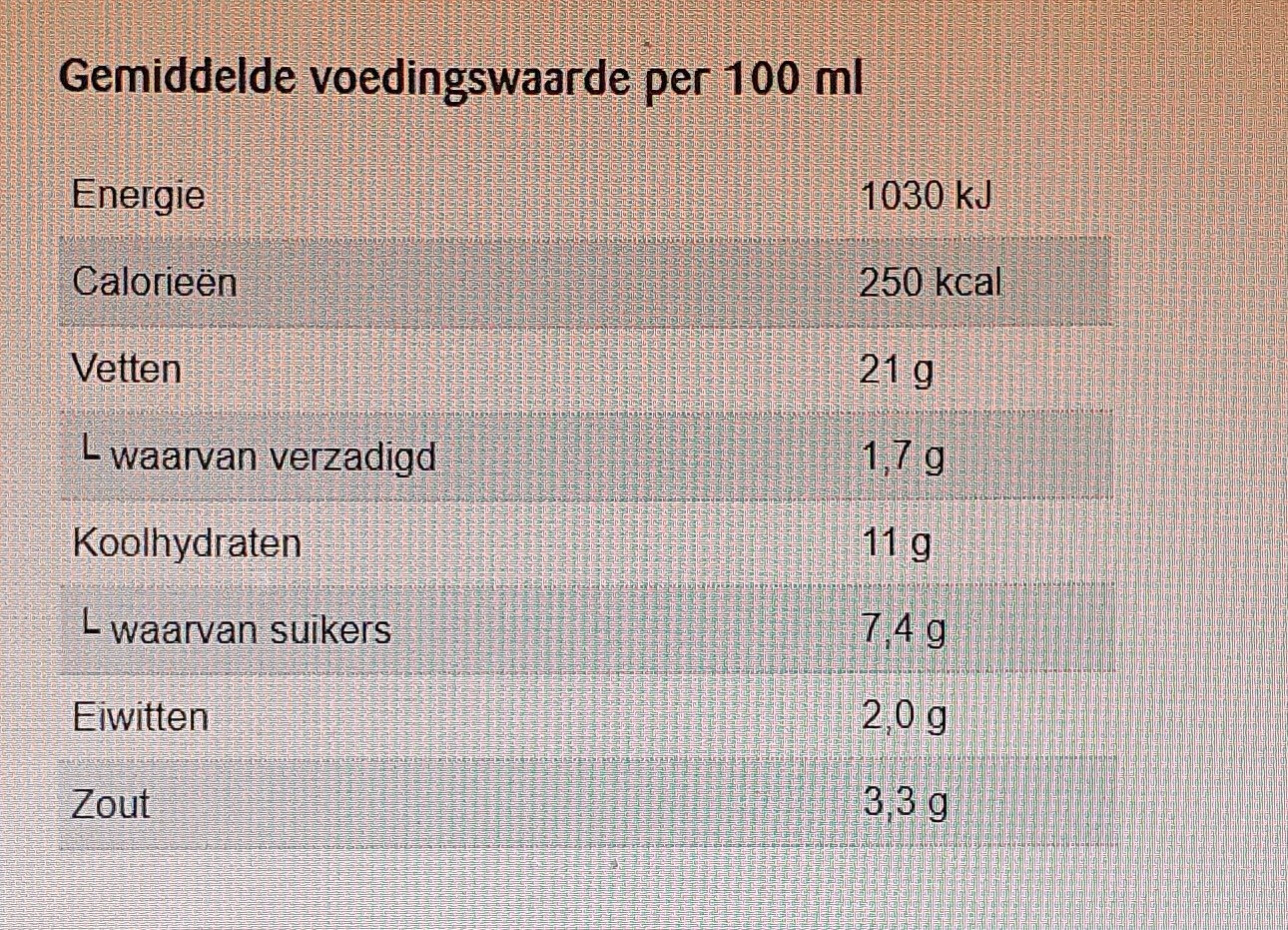Mosterdsaus - Remia - 500 ml
This product page is not complete. You can help to complete it by editing it and adding more data from the photos we have, or by taking more photos using the app for Android or iPhone/iPad. Thank you!
×
Barcode: 8710448691761 (EAN / EAN-13)
Common name: Remia Mosterd saus Top Down Tube
Quantity: 500 ml
Packaging: Plastic
Brands: Remia
Categories: Condiments, Sauces, Groceries, nl:Mosterd
Labels, certifications, awards: No gluten
Countries where sold: Netherlands
Matching with your preferences
Environment
Packaging
Transportation
Report a problem
Data sources
Product added on by markh84
Last edit of product page on by packbot.
Product page also edited by mmeijer62, moniquemeijer62-gmail-com, openfoodfacts-contributors, roboto-app.
If the data is incomplete or incorrect, you can complete or correct it by editing this page.










